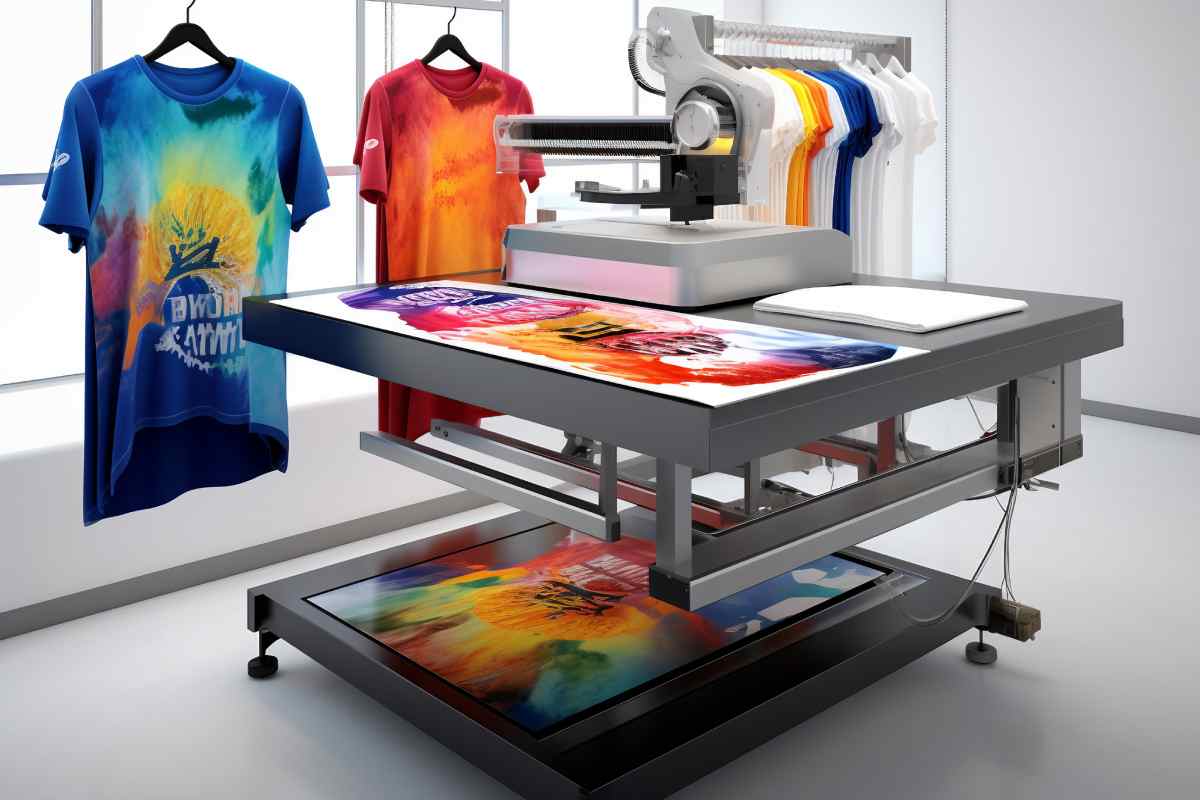
Why DTF Inks Matter in Your Projects
DTF Supplies Define Print Quality
When producing custom garments or promotional products the quality of your dtf supplies directly impacts the final result. Each item in the dtf supplies chain including films powders and inks must perform reliably under pressure. From clean transfers to long lasting color the supplies you choose shape the look and feel of every print. The wrong materials can lead to costly reprints but the right choices build trust consistency and brand loyalty.
DTF Powders Work with Ink Layer
For a transfer to adhere correctly dtf powders must fuse seamlessly with the printed design. This begins with the wet ink layer holding enough powder to create a durable bond. The composition of your dtf powders must be matched to your ink’s drying time and thickness. Low quality or incompatible powder may result in uneven melting poor washability or even peeling. Choosing the correct powder ensures that the ink stays bonded to the fabric under daily wear and washing.
DTF Films Carry the Printed Image
All prints start on dtf films which act as the carrier for your design before it is transferred. These films must be coated to hold dtf inks without smearing or bleeding. A high quality film helps the ink stay in place throughout curing powdering and pressing. Low quality dtf films can cause misalignment edge bleeding or patchy transfers. The film’s ability to handle the ink load directly influences color precision and image clarity on the final garment.
DTF Inks Determine Color Performance
At the heart of every print job are the dtf inks which give life to your designs. The brightness sharpness and longevity of your transfer all depend on how well your dtf inks interact with your film and powder. Good inks provide excellent opacity on dark fabrics and resist cracking over time. Inferior inks may appear faded thin or brittle after just a few washes. High pigment load and proper viscosity ensure vibrant results with excellent detail retention every time.
DTF Supplies Must Be Compatible
In a production setting all dtf supplies must work in harmony. Your ink must bond with powder your film must hold the ink and your powder must melt at the right temperature. If any component is mismatched the final transfer will suffer. Top tier dtf supplies are tested together to guarantee consistent performance across thousands of prints. Using supplies from the same brand or verified bundles reduces risk and increases efficiency.
DTF Powders Need Proper Ink Flow
The powder adheres best when the printed ink remains tacky but not overly wet. This balance depends entirely on the formula of your dtf inks. Some dtf powders bond better to soft flexible inks while others need more rigid surfaces. Printing with the wrong ink viscosity may cause the powder to clump or slide off. Selecting the right ink ensures proper flow through your nozzles and correct adhesion with your powder application and curing process.
DTF Films and Inks Demand Clean Storage
Maintaining dtf films and dtf inks properly is crucial for ongoing quality. Films must be kept flat dry and dust free while inks need to be sealed and shaken regularly. Contamination in your ink lines or static on your film surface can ruin otherwise perfect jobs. Careful handling and climate controlled storage of your dtf inks extends shelf life and keeps your prints bright smooth and consistent from start to finish.
Conclusion
Every transfer you create is only as good as the dtf inks you use. Vibrant color strong adhesion and long term durability depend on inks that are compatible with your dtf powders and dtf films. Together with the right dtf supplies these materials allow your business to scale produce repeatable results and satisfy even the most demanding customers. Investing in reliable inks is investing in professional quality every step of the way.
Frequently Asked Questions
-
What makes DTF ink different from regular ink
It is formulated to stay tacky long enough to bond with powder and fabric -
Can I mix DTF ink brands
It’s not recommended as different brands have varying pigment loads -
How should I store DTF ink bottles
Store upright in a cool dry place and shake before use -
What causes my ink to clog the printer
Poor ink quality or expired ink often leads to clogging issues -
Do DTF inks work on all films
They must be matched with coated PET films for proper adhesion -
How long do DTF inks last on garments
With proper curing and powder they last over 50 wash cycles -
What temperature should I use for pressing
Usually around 160 to 170°C depending on powder and fabric -
Can I use DTF ink for screen printing
No DTF ink is only for digital printing on PET film -
Why are my prints dull after curing
Over curing or using low pigment ink can cause fading -
Is white ink necessary for all prints
Yes it provides a base for color accuracy on dark fabrics






